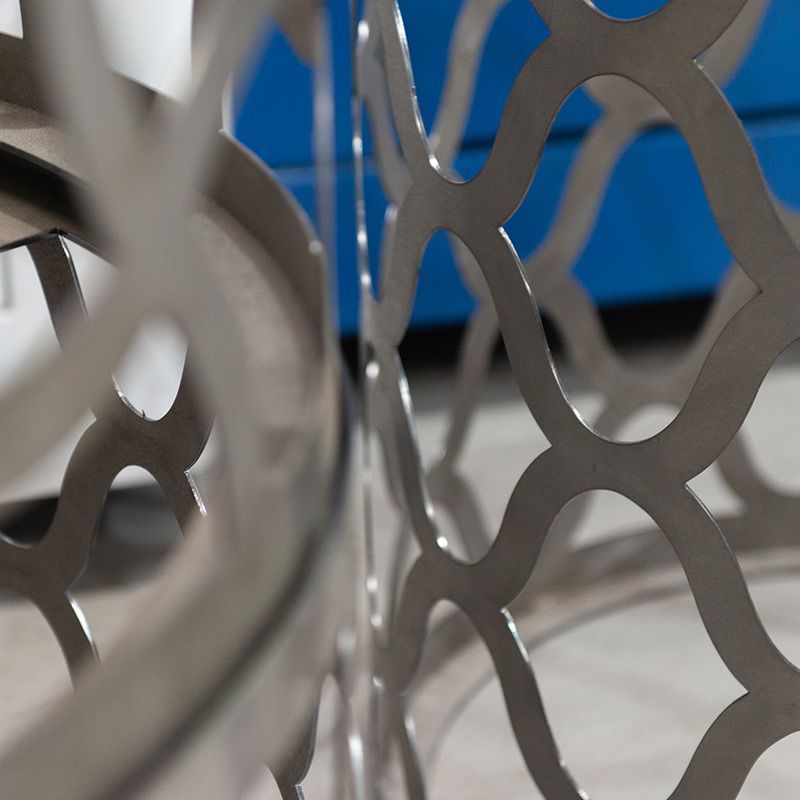The Difference Between Metal and Steel
There are three building materials that are often talked about in the construction industry – alloys, iron and metal. These terms are all used interchangeably, but the thing is that they’re very different.
Here at KNS, we work with these materials every day – so we know a fair bit about them. In this article, we’ll discuss what each of these products are and how they differ. You’ll also learn a bit about the pros and cons of each option.
What is Steel?
The origins of this alloy can be dated back to 1800 BC, almost four thousand years ago. It was very different to the material we use today, with a more modern design produced a mere 2400 years ago.
The word we use today originated from an adjective meaning ‘standing firm’ in the ancient Proto-Germanic language. ‘Standing firm’ is the perfect description for this popular alloy, which is estimated to be produced in quantities of around 1.87 billion tonnes every year.
A carefully designed structural composition is the main factor contributing to the exceptional strength seen in this material. The concentration of iron is 98 per cent or more, with around 1 – 2 per cent being carbon and a very small amount of manganese, silicon, phosphorus, sulphur and oxygen.
What’s the Difference Between Iron and Steel?
Even though steel is made up almost entirely of iron, it’s significantly stronger of the pair. This is because of the additional elements such as carbon, oxygen, silicon and more that are added to the original parent element. The composition produced as a result of this mixture is much more flexible, giving it the capacity to bend further without being weakened. It also has a much higher rating in the area of tensile strength, which is defined as the ability to handle direct force, load and pressure without losing shape.
Iron, on the other hand, is simply an element that has had its oxygen content removed from it as a means of purifying the composition.
Metal vs Steel
The incredible strength, as well as its natural colour and feel, give it characteristics that can often be mistaken for other materials.
This is the primary reason why the general public often mistakes the two as being the same thing, but steel is not a metal – its proper classification is as an alloy. An alloy is the result of two or more elements being mixed together in one material to increase strength and durability. Therefore, the best thing to say is that it’s actually an alloy.
Melbourne’s Leading Fabricators
If you’re in need of fabrication services here in Melbourne, KNS is a great choice. With over 30 years of experience in the industry specialising in CNC folding, metal laser cutting and more, you’ll get outstanding results with KNS.
For any enquiries, contact us online and one of our team members will reach out to you shortly.


